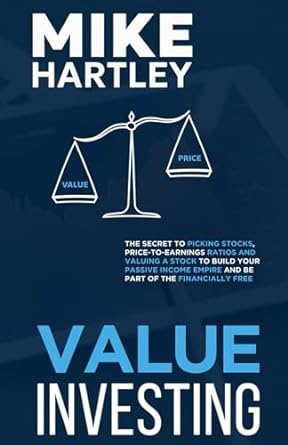Question
A recently hired financial analyst who is working on her MBA asks how the company arrived at 9% as the discount rate to use when
A recently hired financial analyst who is working on her MBA asks how the company arrived at 9% as the discount rate to use when evaluating capital budgeting projects. Her question is followed by an embarrassing silence that seems to last forever. Eventually, the comptroller, who has been with the company for many years, offers an explanation.
When the company first began to use discounted cash flow methods for capital budgeting decisions in the 1980s, it hired a consultant to explain internal rate of return and net present value. The consultant used 10% in all his examples, so BioLab did the same. By the late 1990s, interest rates had fallen considerably, and the company was rejecting some seemingly profitable projects because the hurdle rate was too high, so it lowered it to 9%.
As far as he knew, that was the end of the story. Interestingly, many participants in the in the discussion even those who are not from accounting and finance are aware of the weighted average cost of capital and have a good idea of how to compute it, but no one had ever attempted to do so for BioLab. After a brief discussion, they ask the person who raised the question in the first place to analyze the companys debt and equity and report back in a week with her estimate of the companys weighted average cost of capital.
She begins by gathering the following information:
BioLab has two outstanding bond issues. Bond 1 matures in six years, has a par value of RM 1,000, has a coupon rate of 7% paid semi-annually, and now sells for RM 1,031. Bond 2 matures in sixteen years, has a par value of RM 1,000, has a coupon rate of 8% paid semi-annually, and now sells for RM 1,035. The preferred stock has a par value of RM 50, pays a dividend of RM 1.50, and has a current market value of RM 19. The common stock sells for RM 35 per share and recently paid a dividend of RM 2.50. The company expects dividends to grow at an average annual rate of 6% for the foreseeable future. The risk-free rate is 3%, the expected rate of return on the market portfolio is 12%, BioLabs beta is 1.2, and its marginal tax rate is 34%.
Table 1: BioLabs Capital by Percentages
| Type of Capital | Using Book Value | Using Market Value |
| Bond 1 | 18% | 15% |
| Bond 2 | 20% | 20% |
| Preferred Stock | 20% | 10% |
| Common Stock | 5% | - |
| Retained Earning | 37% | - |
| Total Common Equity | - | 55% |
- Compute the after-tax cost of debt for the two bond issues.
(8 marks)
- Compute BioLabs cost of preferred stock.
(2 marks)
- Compute BioLabs cost of common equity. Use the average of results from the dividend growth model and the security market line (CAPM).
(6 marks)
- Compute BioLabs weighted average cost of capital. Should you use book values or market values for this computation?
(4 marks)
- Interpret the reasoning companies opt to use target capital weight structure
(5 marks)
[Total: 25 marks]
Step by Step Solution
There are 3 Steps involved in it
Step: 1

Get Instant Access to Expert-Tailored Solutions
See step-by-step solutions with expert insights and AI powered tools for academic success
Step: 2

Step: 3

Ace Your Homework with AI
Get the answers you need in no time with our AI-driven, step-by-step assistance
Get Started


